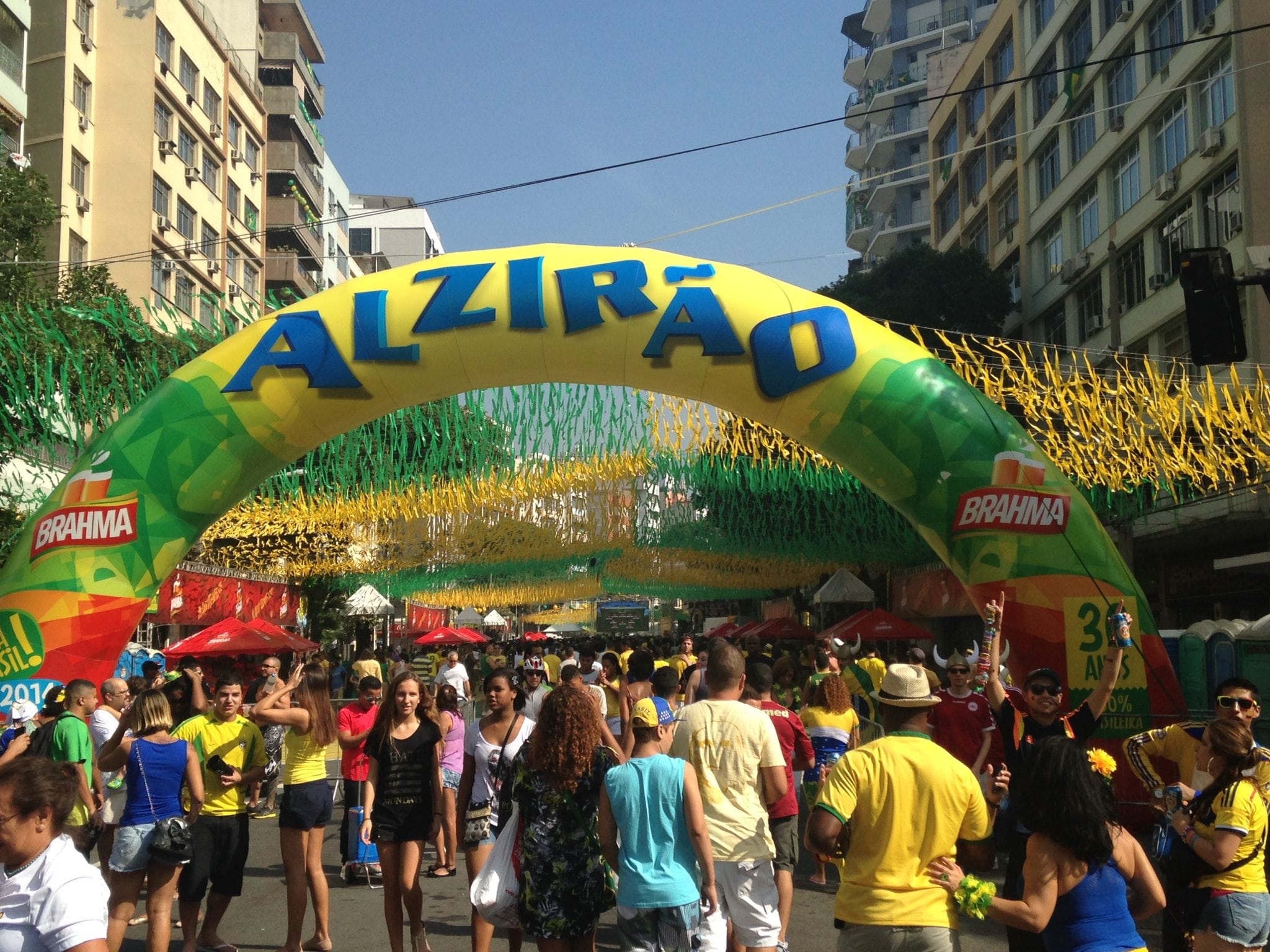Skift Take
The World Cup went off without any of the disasters discussed in the run-up to the actual games providing a steady ground upon which Brazil can continue to build its tourism economy.
As the dust from the World Cup settles, Brazil and the one million tourists that visited the country finally have the time to look back on their experiences.
Statistically speaking, the games attracted one million foreign tourists (far above its 600,000 estimate), added about $13.5 billion to Brazil’s annual GDP, and encouraged the building or renovation of 12 new stadiums.
Although critics inside and outside of the country will continue to debate the economics of the games, Brazil delivered a tourist experience better than expected for anyone who read the news about lack of preparation and riots in the weeks and months prior to the games.
Brazil’s tourism organization Embratur is already looking ahead to 2016 when the country will again host a global sporting events, but its newly instituted president Vincente Neto first talked to Skift about his perspective on the games.
Skift: After so many concerns and questions about Brazil’s preparedness for the games, how did the country’s new infrastructure hold up to larger than expected crowds?
Vicente Neto: Brazil was under the watchful eyes of the whole world during June and July. We are happy that the whole world had a chance to see that our new infrastructure, specially the stadiums and airports, held up to the larger than expected crowds. We have shown that, despite some pointed questions, we were able to organize the best World Cup in the history of the event and the hospitality of the Brazilian people has been praised worldwide.
According to a satisfaction survey we carried out among foreign tourists arriving in Brazil during the World Cup, 95% indicated their willingness to return to the country. Foreign tourists stayed on average 13 days in the country and were in 378 Brazilian municipalities, including the host cities. The study also shows that 61% of foreign tourists visited Brazil for the first time.
These data show that, from the point of view of tourism, all of Brazil – and I stress the importance of being across the country – gained a lot from the organization of the tournament. The geographical distribution of games across the country was an important way to promote destinations that were not well-known internationally.
Skift: How will Brazil continue to improve its tourism infrastructure between the World Cup and upcoming Olympics?
Neto: Together with the private sector, we will work on adding more hotels, continue expanding and renovating our airports. We also plan to focus on urban transportation improvements, and provide future visitors with even more ways to discover Brazil.
Skift: How does Brazil plan to promote tourism between now and the Olympics? How will it keep momentum going between the games?
Neto: Our expectation is that we will have a 5% to 10% increase of tourists after the World Cup.
One of our priorities is to show the world that there is more to Brazil than futbol. Expect to see campaigns with the tagline “Brazil Beyond,” where we will aim to show the world everything else that makes Brazil such a fantastic country. We will have a further stimulus to tourism with the Olympic Games and Special Olympics in Rio de Janeiro in 2016, which should attract 380,000 international tourists.
More importantly, we plan to remind everyone that while the Olympic Games will be mainly hosted in Rio de Janeiro, there will be olympic events in other Brazilian cities.
Skift: What is the total economic impact of the games?
Neto: Our projection is that tourism during the World Cup should have an impact of about USD$3 billion in the Brazilian economy. Another prediction is that the World Cup as a whole should add about USD$13.5 billion to Brazil’s GDP in 2014.
The study that provided us with this estimates examines the initial impacts, direct, indirect and induced effects on the economy. To obtain this figure, we used as the basis for calculating the sum of public and private investments in infrastructure (BRL$ 9.1 billion), spending by foreign nationals (BRL$102 million) tourists (BRL$ 346 million) and and COL investments in the event (BRL$311 million).
From these values, we obtained the multiplier effect for this year’s estimate.
Preliminary data shows that visitors to Brazil during the world cup spent over R$10 billion. In Rio de Janeiro alone, tourists spent R$ 4.4 billion in the city, an amount that exceeded by more than four times the estimated R$ 1 billion originally expected by the Ministry of Tourism before the event. We are still collecting data, but thus far we are confident to say that the games were financially successful.
The Daily Newsletter
Our daily coverage of the global travel industry. Written by editors and analysts from across Skift’s brands.
Have a confidential tip for Skift? Get in touch
Tags: brazil, events, rio, tourism, world cup
Photo credit: A street celebration during the World Cup in Rio de Janiero, Brazil. Davina Chesterson / Skift
